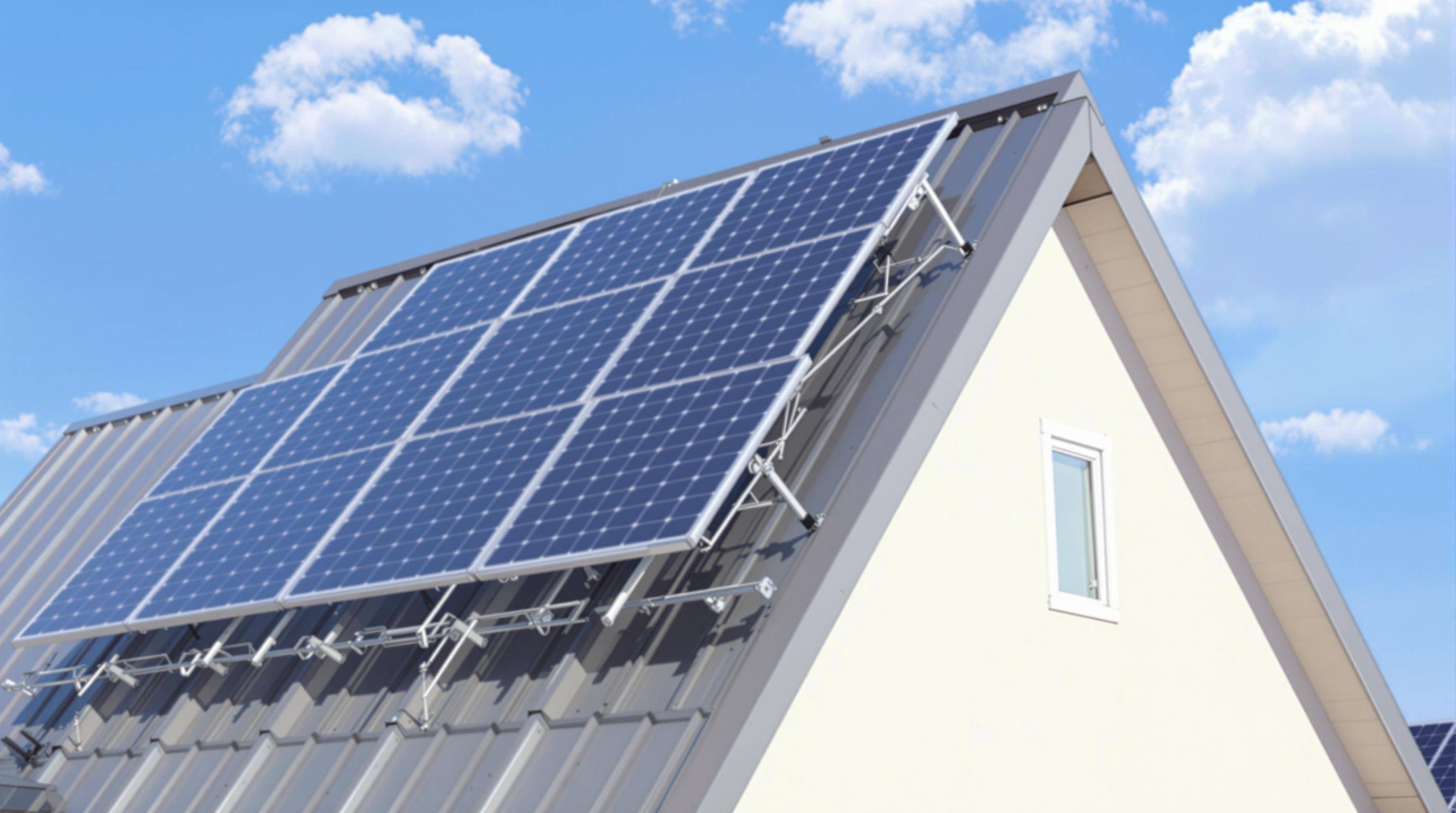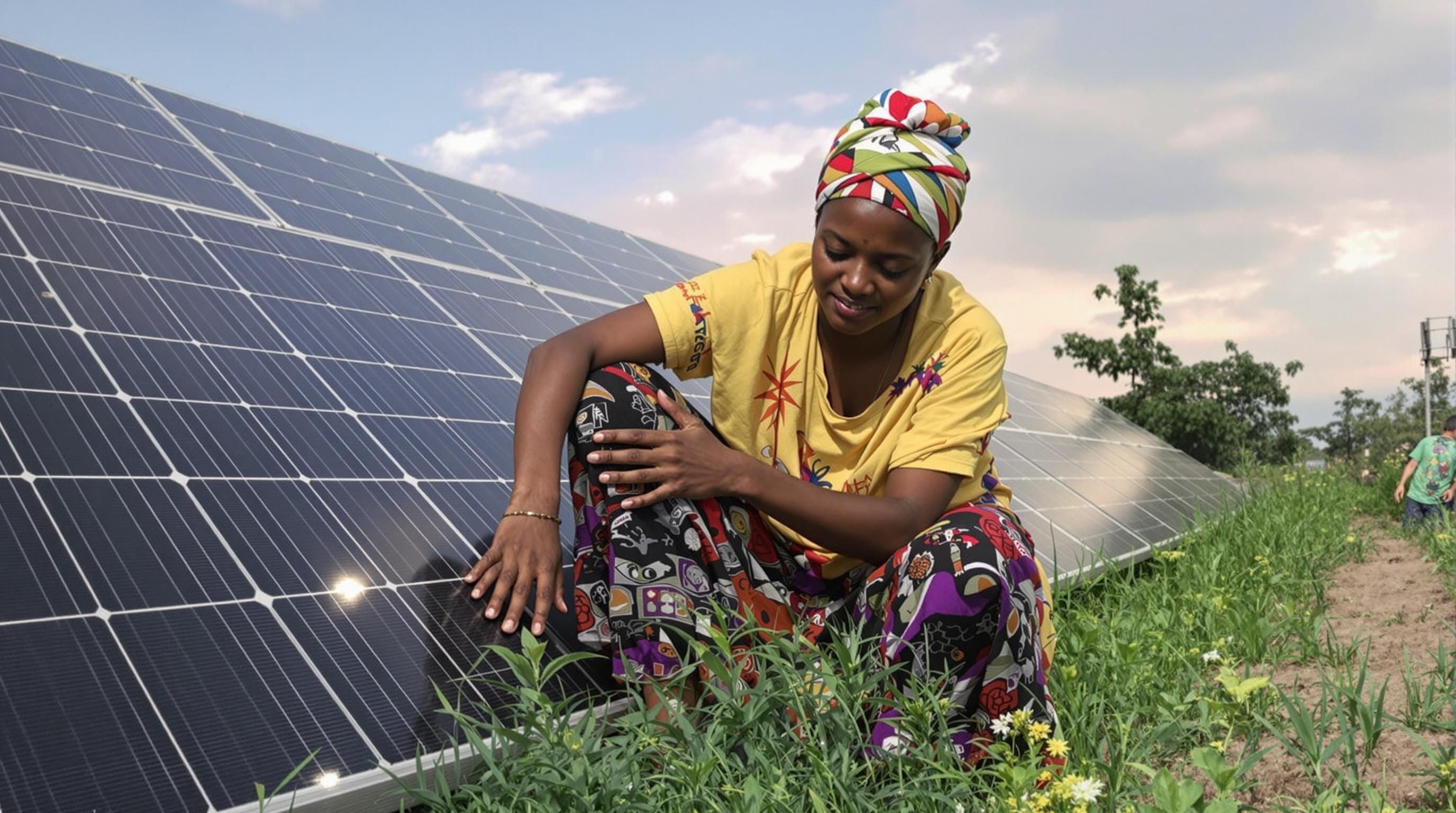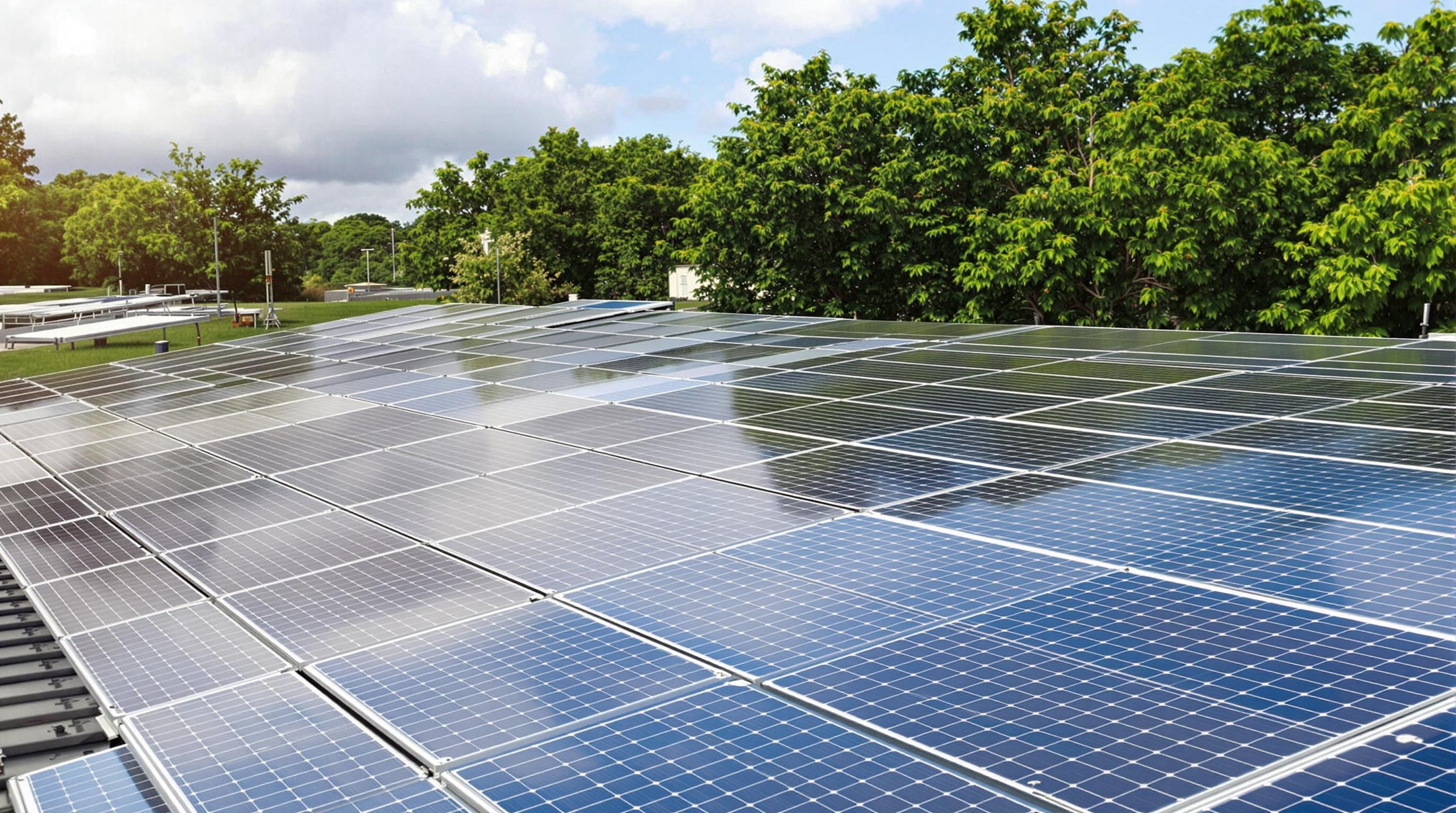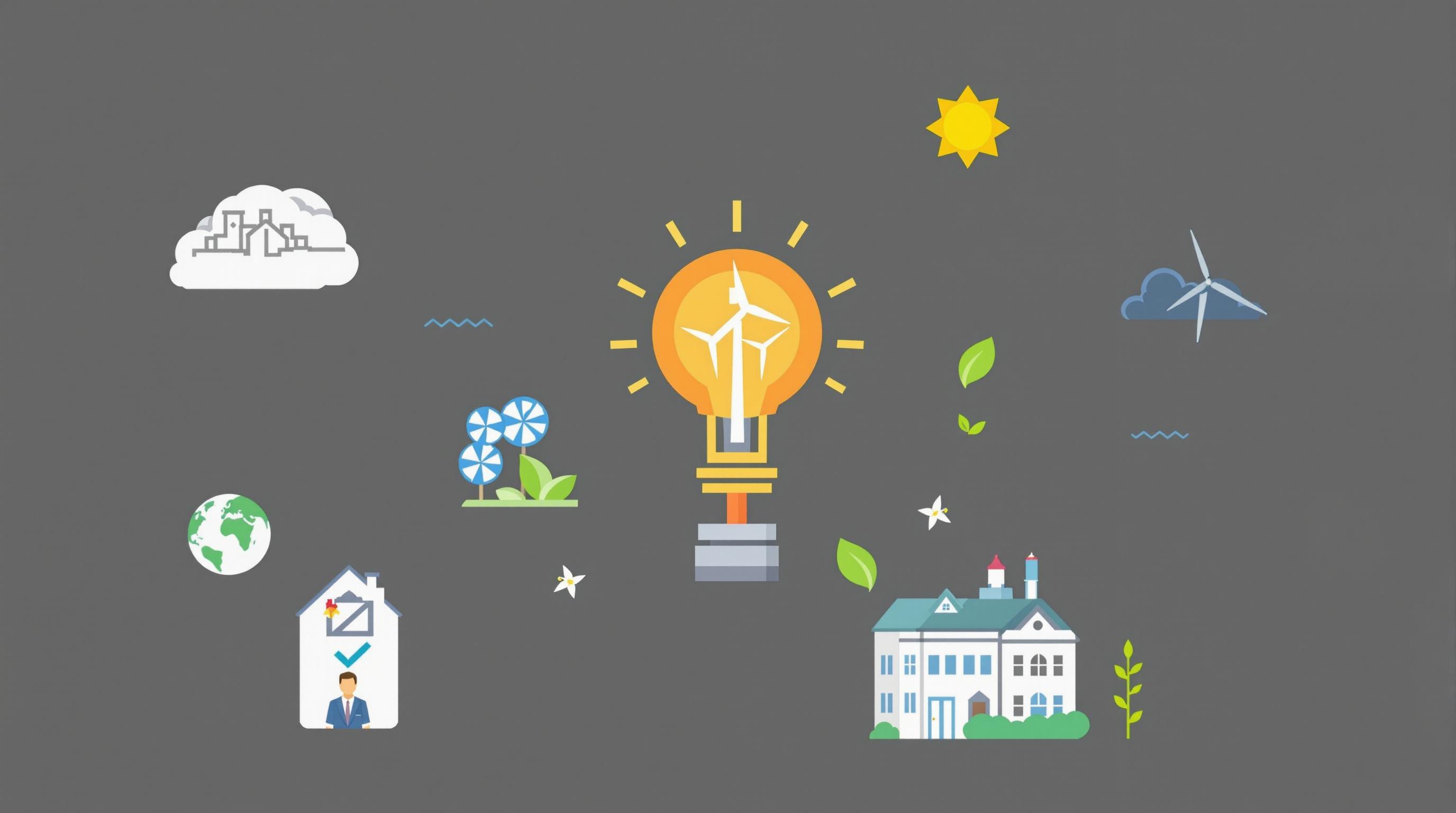Related Articles
- 7 Game-Changing Off-Grid Solar Kits from the Last 5 Years Ranked for Peak Performance and Reliability
- Uncovering the Role of Solar Warranty Disputes in Shaping Consumer Trust and Industry Accountability
- The Role of Behavioral Economics in Shaping Unexpected Solar Investment Decisions Among Rural Entrepreneurs
- Top 5 Emerging Solar Panel Brands Since 2019 That Outlast the Competition in Real-World Tests
- Top 6 Trailblazing Ground Solar Frames Unveiled Since 2019 Revolutionizing Installation Speed and Durability
- How Biodegradable Mounting Materials Could Revolutionize Eco-Friendly SolarRoof Installations by 2030
12 Strategic Solar Financing Approaches for Small Businesses to Maximize Returns and Minimize Risks in 2024
12 Strategic Solar Financing Approaches for Small Businesses to Maximize Returns and Minimize Risks in 2024
12 Strategic Solar Financing Approaches for Small Businesses to Maximize Returns and Minimize Risks in 2024
1. Solar Lease Agreements
Solar lease agreements allow small businesses to install solar panels without the upfront capital expenditure. Instead, they pay a fixed monthly fee to a solar provider who owns and maintains the system.
This approach is ideal for companies that want to benefit from solar energy without dealing with installation and maintenance hassles. Leases typically cover 15-20 years and can result in predictable energy costs.
While the business doesn’t own the equipment, leasing can still enable access to greener energy and immediate savings on electricity bills. According to the Solar Energy Industries Association (SEIA), leasing remains a popular choice for small and medium enterprises aiming to minimize risk on capital investment.
2. Power Purchase Agreements (PPAs)
Under a Power Purchase Agreement, small businesses agree to buy the electricity generated by a solar system at a predetermined rate, often below local utility prices. The solar provider installs and maintains the system, bearing all operational risks.
This pay-as-you-go model reduces capital expenditures and offers immediate savings, with the added benefit that payments are typically tied to energy production rather than a fixed monthly fee.
PPAs provide a competitive edge by locking in energy rates and are especially advantageous in states offering solar incentives. The National Renewable Energy Laboratory (NREL) highlights PPAs as effective tools for minimizing financial risk.
3. Solar Loans with Tax Incentives
Securing a solar loan enables small businesses to own their systems while spreading out the cost over several years. This financing tactic lets businesses capture tax credits such as the federal Investment Tax Credit (ITC), available at 30% through 2032.
Ownership means businesses benefit from depreciation and additional incentives, increasing the return on investment. Loan payments are often offset by electricity savings, making this a financially viable option.
According to the Database of State Incentives for Renewables & Efficiency (DSIRE), pairing loans with available tax breaks maximizes cash flow advantages while mitigating upfront risks.
4. Property-Assessed Clean Energy (PACE) Financing
PACE financing allows repayments for solar systems to be made through property tax bills, extending payment periods up to 20 years. This model spreads costs significantly and aligns payment with property ownership.
PACE is appealing to small business owners who want long-term financing options without affecting their credit, as the debt is tied to the property rather than the entity.
However, PACE programs vary widely by state and locality, so businesses must verify local availability. The U.S. Department of Energy notes that PACE helps overcome upfront cost barriers while reducing risk.
5. Community Solar Subscriptions
For businesses unable to install solar onsite, community solar projects offer an alternative. Subscribers purchase or lease a portion of a shared system, receiving credit for their share of generated power.
This approach minimizes installation and maintenance responsibilities, reducing risk and upfront costs, while still promoting clean energy use and lowering electricity expenses.
Community solar is growing rapidly, as highlighted by the National Renewable Energy Laboratory, offering flexible participation for businesses ineligible for traditional solar financing.
6. Solar Energy Service Companies (ESCOs)
ESCOs provide integrated solutions including financing, installation, and maintenance of solar projects. Small businesses benefit from turnkey service and tailored financing packages.
This model shifts operational risk to the service provider, allowing businesses to focus on their core activities while gaining access to reliable solar infrastructure.
A report from the International Energy Agency states that ESCO partnerships can increase adoption rates among small businesses by simplifying complexities and aligning incentives.
7. Equipment Leasing with Buyout Options
Some leasing agreements include flexible buyout provisions, giving businesses the option to own their solar system after a certain period. This hybrid approach balances low initial costs with long-term ownership benefits.
Businesses can start with low monthly payments and later decide to purchase the system once cash flows improve or if ownership is favorable tax-wise.
This strategy can optimize returns by combining operational expense treatment in early years with asset ownership and incentives in later years, as noted by industry financial analysts.
8. Off-Balance Sheet Financing
Off-balance sheet financing allows small businesses to engage in solar projects without affecting their balance sheets. Leasing and PPAs typically qualify for this treatment, preserving borrowing capacity.
This strategic financial structuring aids businesses wanting to avoid adding debt or capital assets to their books, a crucial factor during lending evaluations.
Financial consultants emphasize that maintaining a strong balance sheet can reduce business risk and improve creditworthiness, making off-balance sheet solar financing attractive.
9. Crowdfunding Solar Projects
Innovative small businesses may turn to crowdfunding platforms to raise capital for solar installations. Pooling funds from interested investors reduces dependence on traditional lenders.
Crowdfunding increases community engagement and marketing opportunities, creating goodwill while providing capital to support solar initiatives.
Platforms like Kickstarter and specialized clean energy sites have enabled successful funding rounds, showcasing the potential to democratize solar investments for small enterprise owners.
10. Utilizing State and Local Incentives
Beyond federal programs, many states and municipalities offer grants, rebates, or tax credits for solar energy adoption. Researching and applying for these incentives can substantially reduce net costs.
Small businesses should leverage programs like Sales Tax Exemptions or Accelerated Depreciation (MACRS) to maximize financial returns and shorten payback periods.
DSIRE is a comprehensive resource for discovering available local incentives in 2024. Combining these with financing options creates robust solar strategies tailored to business needs.




